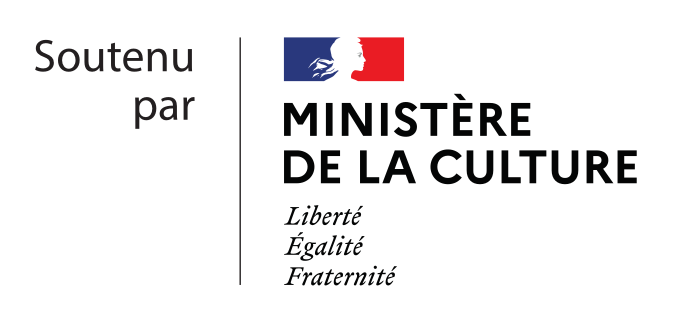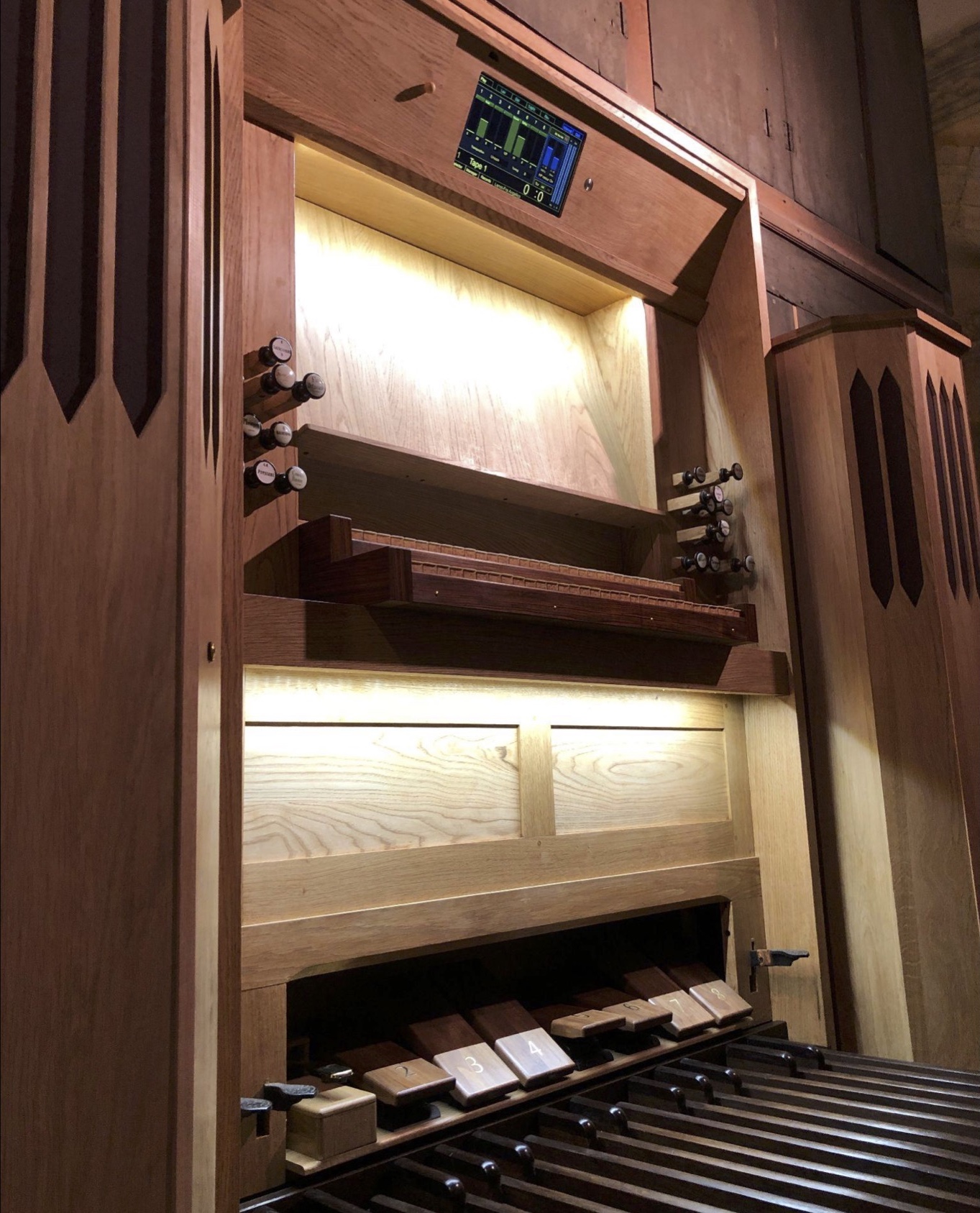
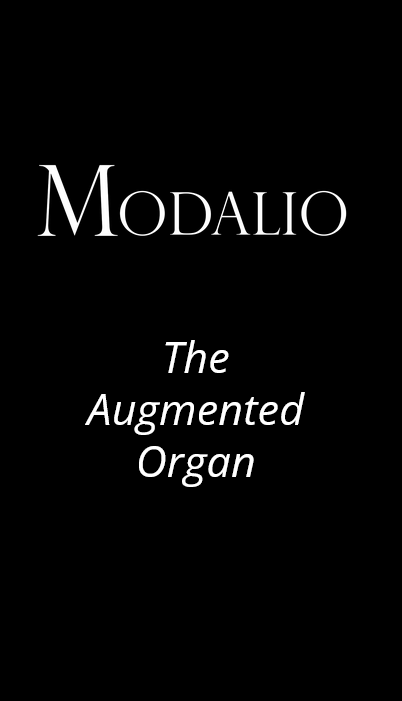
Extending the Organist's Gesture to Broaden Sonic Possibilities
Facilitating access to contemporary music repertoire
Combining tradition and innovation
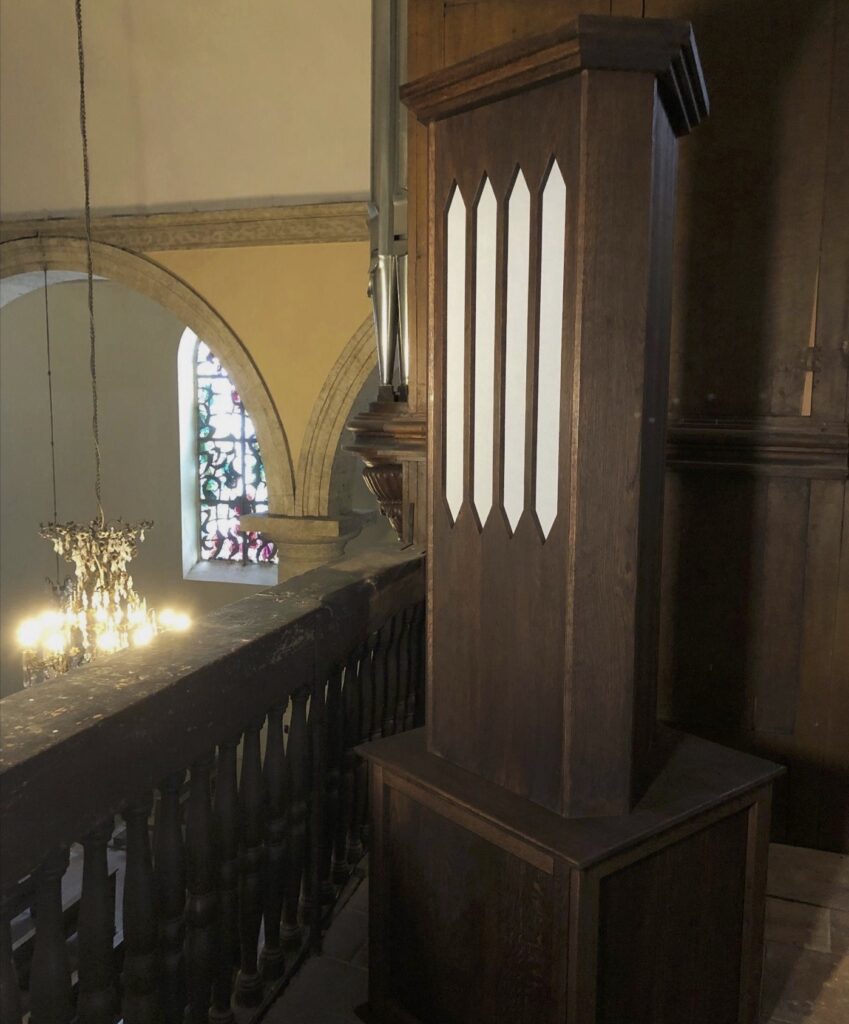
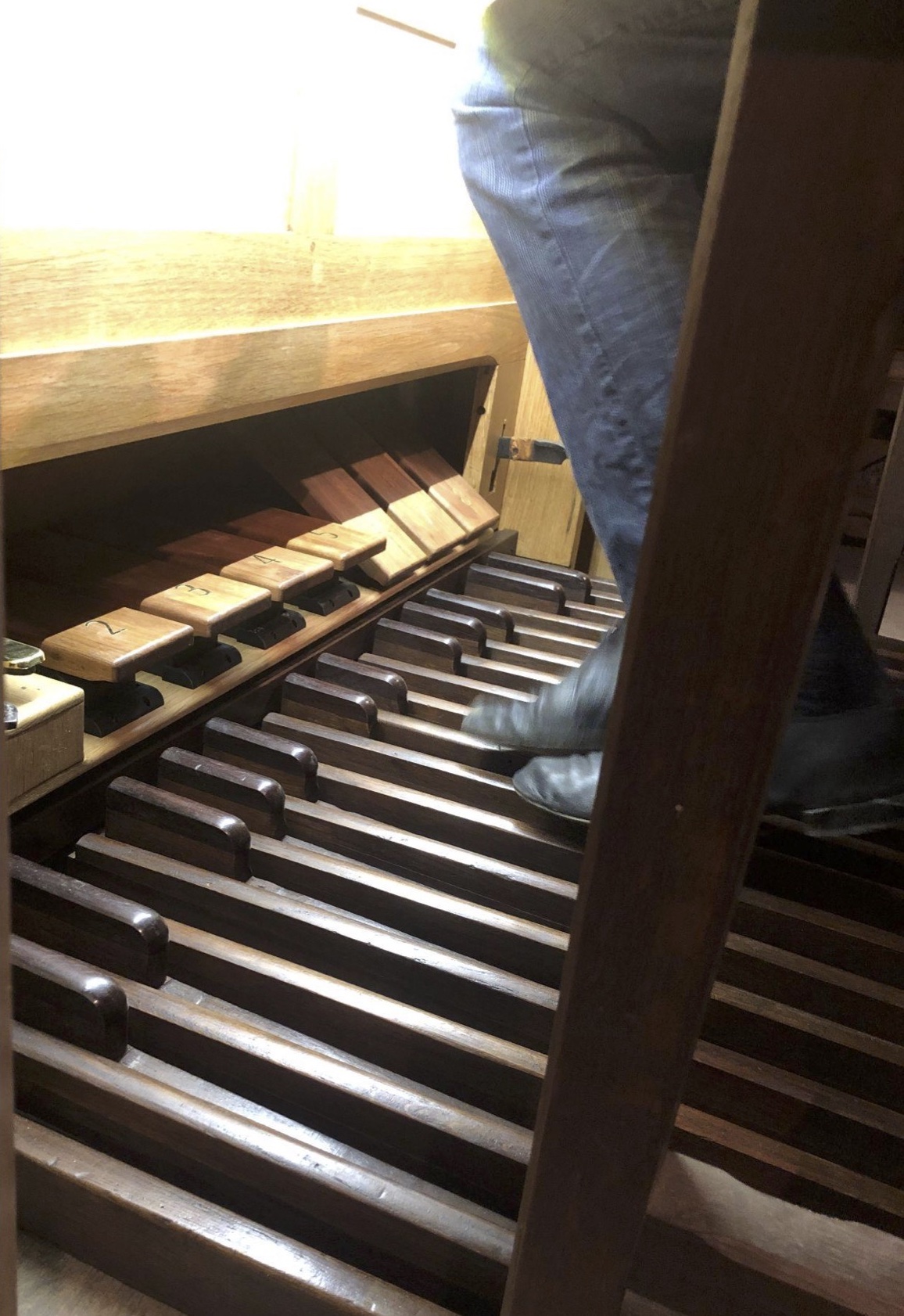
The Modalio is an extension for transforming the sound of pipe organs. It offers the organist an extensive palette of sounds, supported by an intuitive interface.
The Modalio approach is one of a posteriori transformation of acoustic sound. ound transformations are managed directly by the organist's gestures.
The sound of the organ is captured using microphones, then fed back into digital processing and immediately transmitted via loudspeakers.
Sound transformations can be fixed or modulated continuously and during the performance. In addition, it is possible to trigger audio files.
The Modalio is available in two versions
Mobile version
Integrated version
Independent extension modules
Easy to install
For occasional or long-term use
Available for rental
Manufactured by Alter Instruments
Transformations available immediately and at no extra cost
Custom-made modules
Optimized for playing comfort
Manufactured in collaboration with an organ builder
The Modalio is handcrafted and tailored to your needs and context:
- Number and arrangement of pedals
- Number of microphones in the organ
- Stereophonic or spatialized sound
- Additional inputs
- Other requests
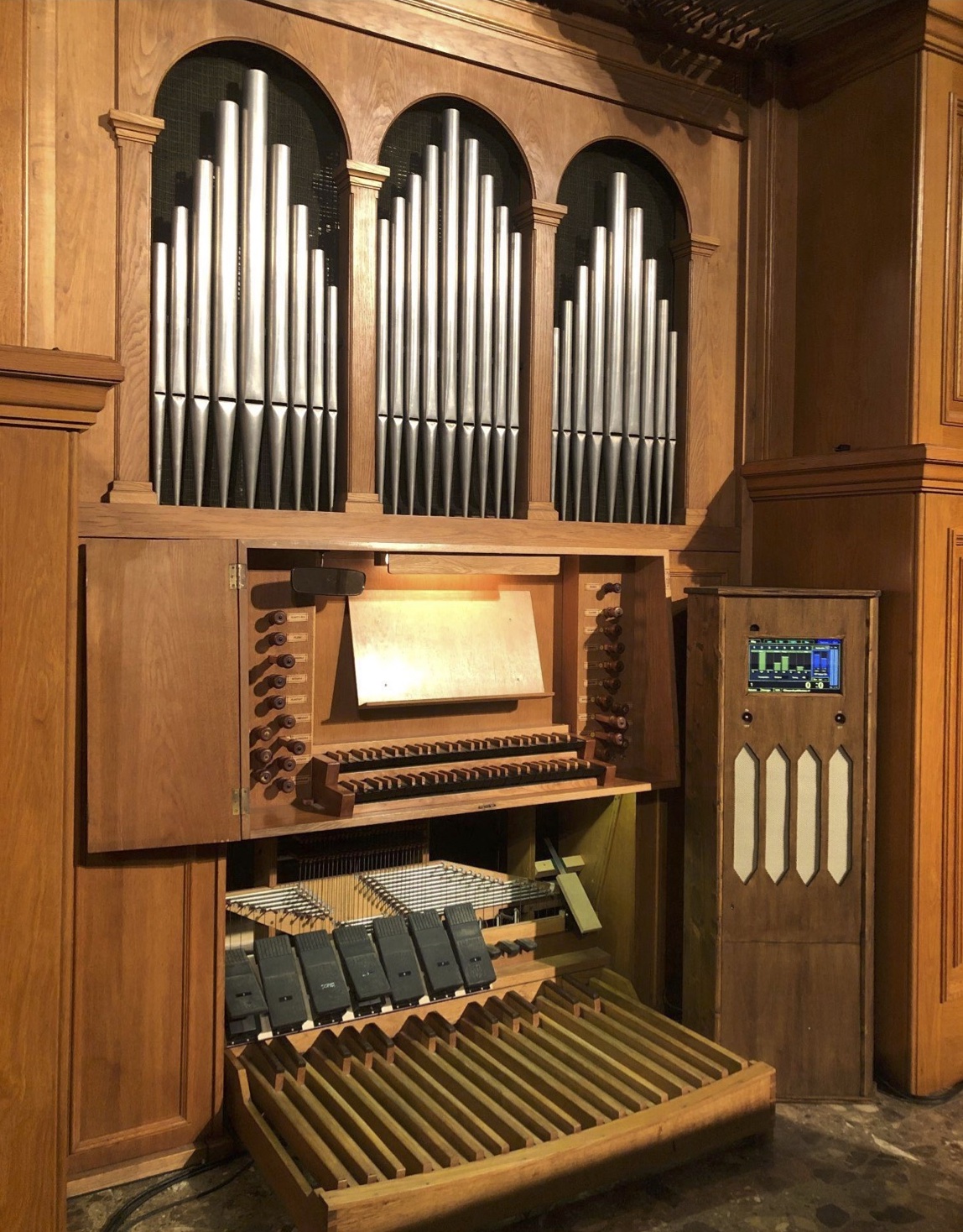
TOUCH SCREEN
Configuration selection and management.
Visual feedback.
MONITOR LOUDSPEAKERS
Optional.
Allows the organist to hear the resulting sound from the room. Headphones possible.
HEART OF THE MODALIO
Audio processing hardware and electronic connections.
Built-in or externalized depending on the project.
PROCESSING PEDALS
Real-time control of effects.
May be freely allocated to one or more treatments.
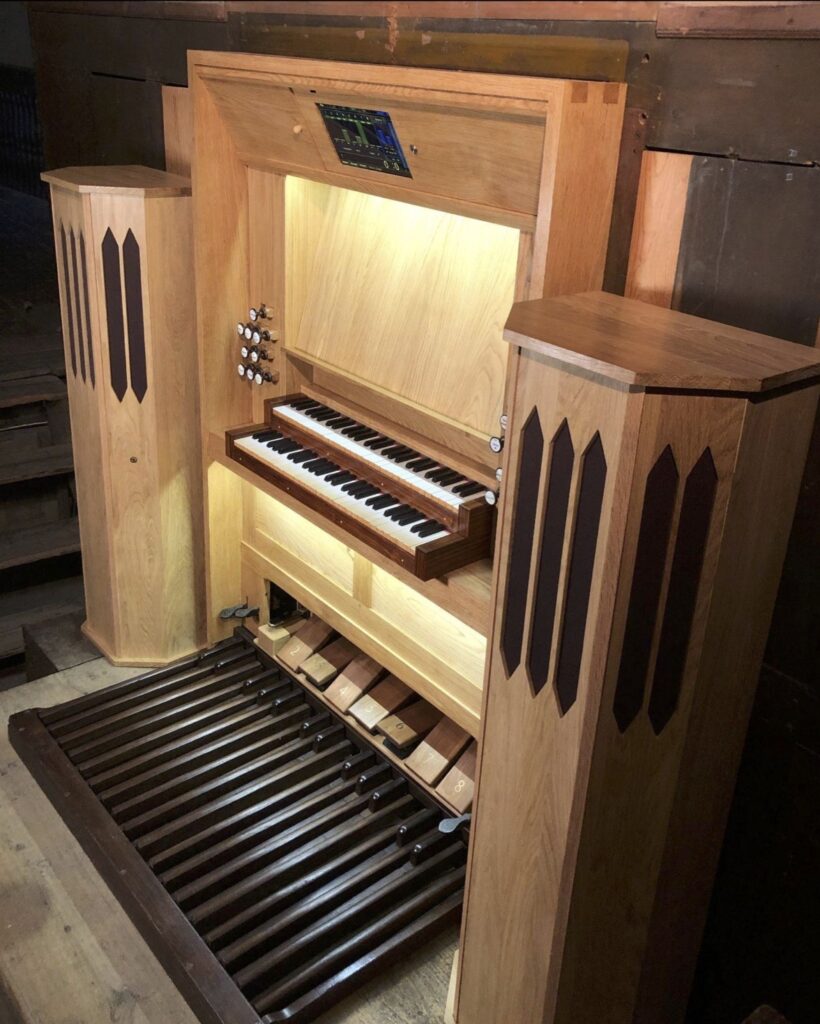
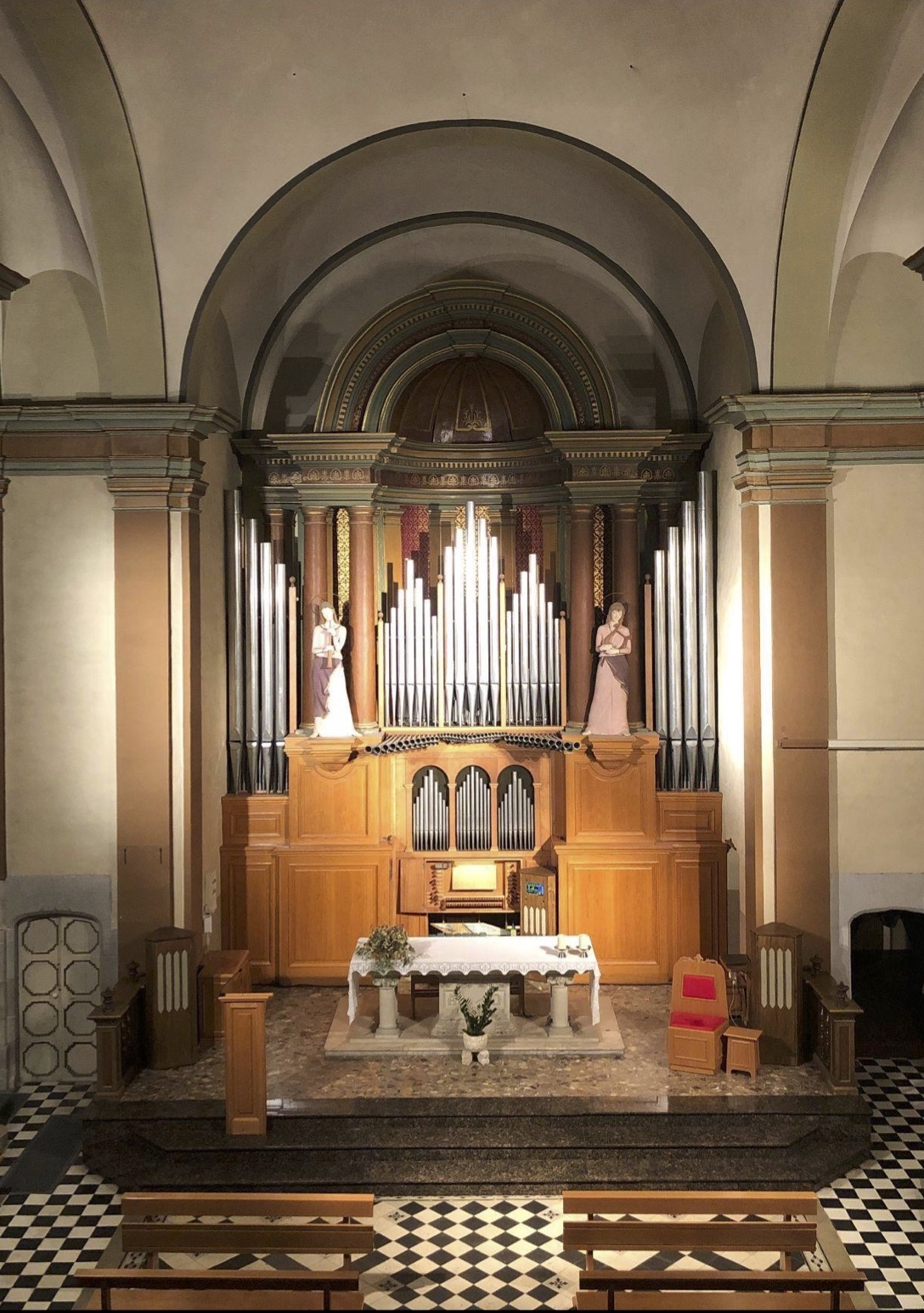
INTERNAL MICROPHONES
Capture for sending to processing.
Separate management of one or more sound planes.
ROOM SPEAKERS
Processed sound diffusion. Here in stereo.
The sound blends naturally with the acoustic sound of the organ.
EXTERNAL MICROPHONES
Recording of performances from the venue.
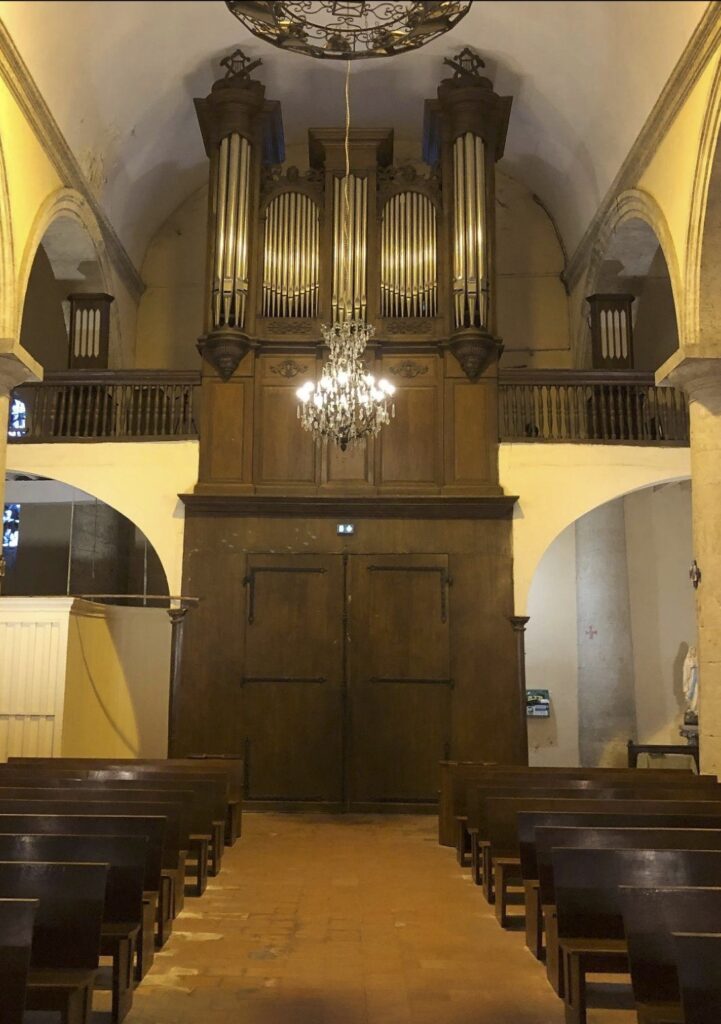
Performers
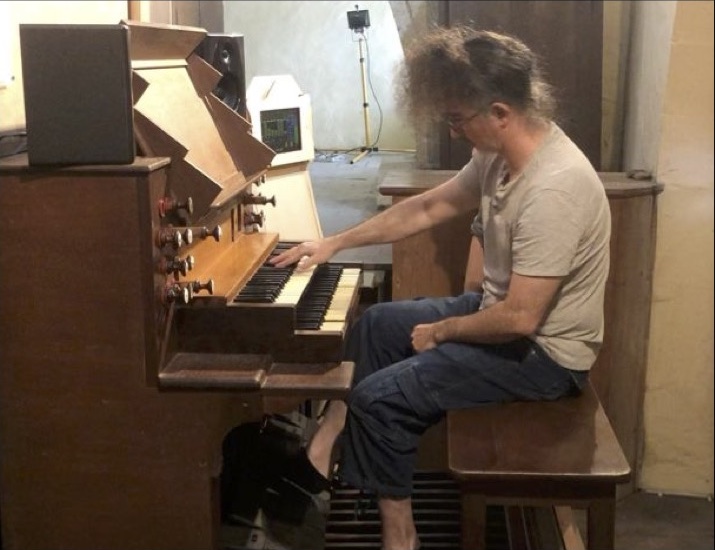
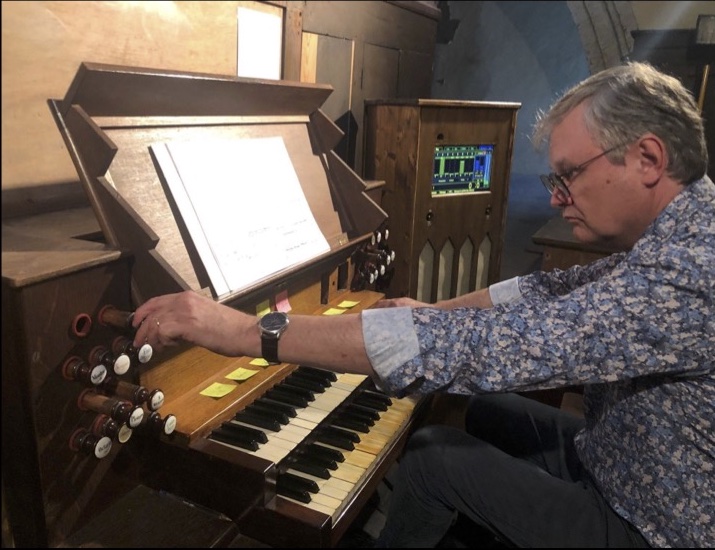
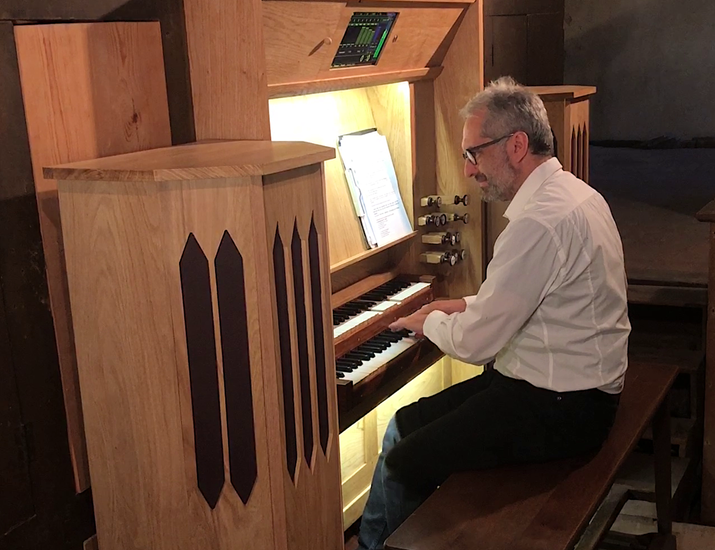
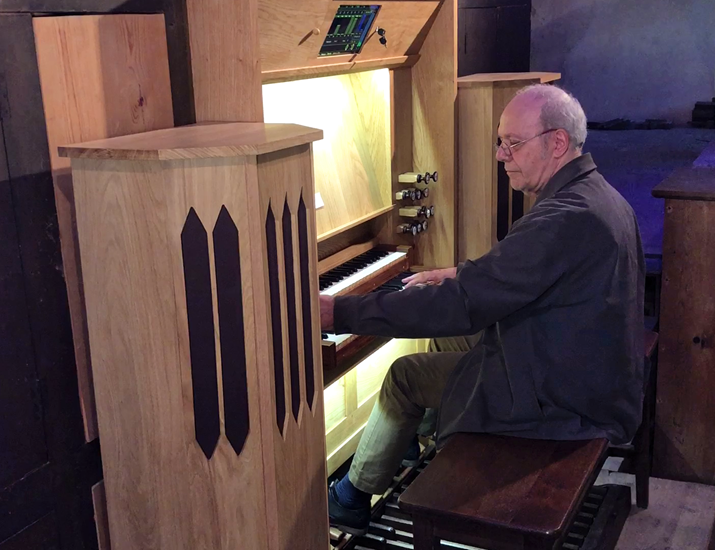
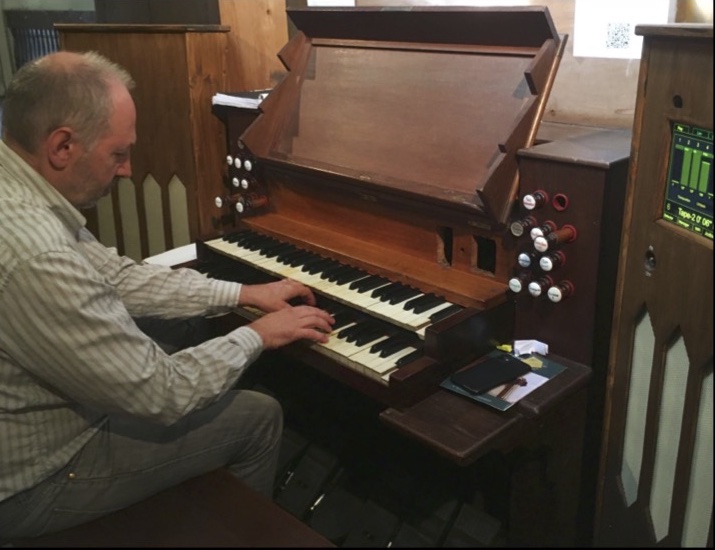
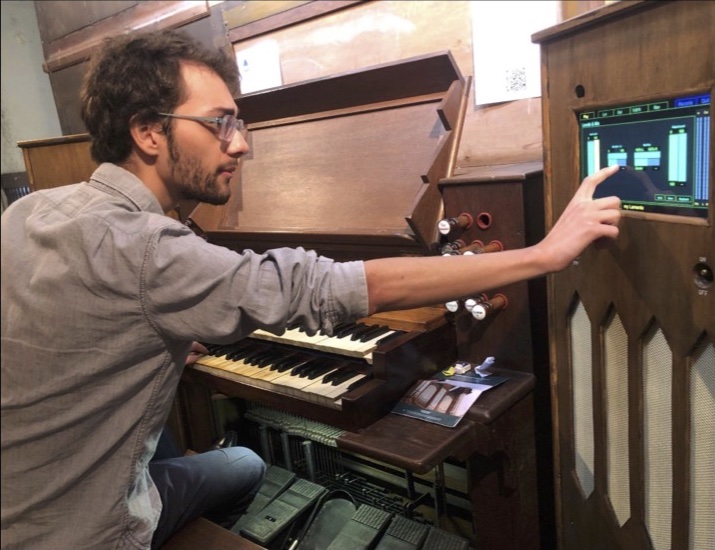
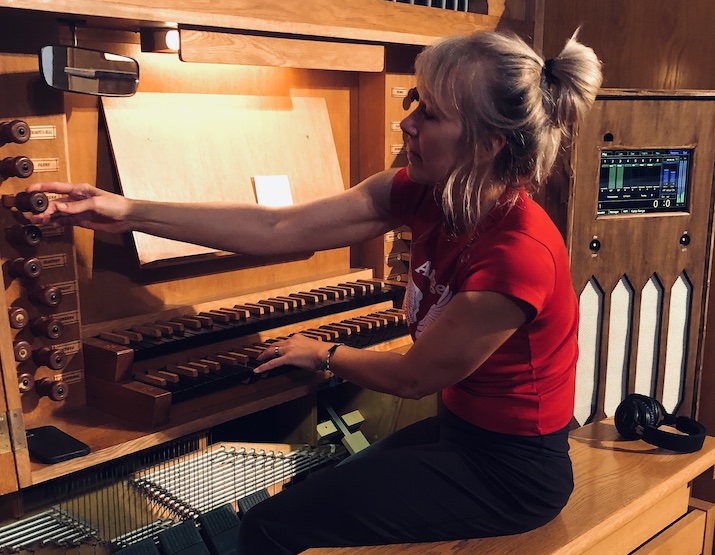
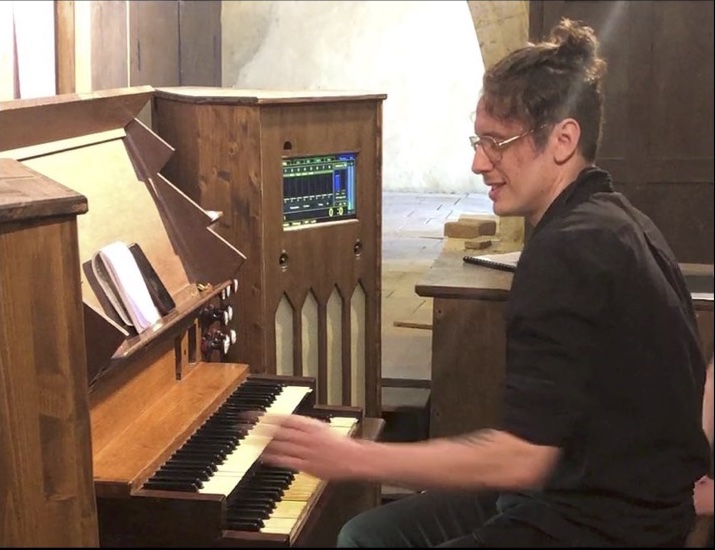
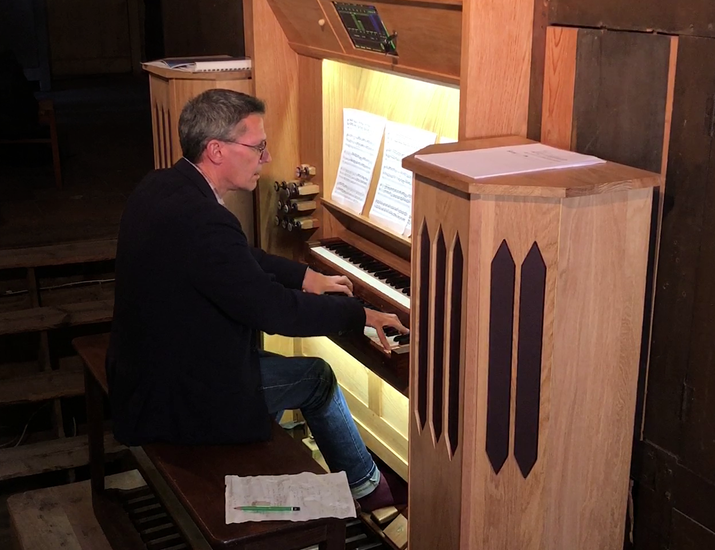
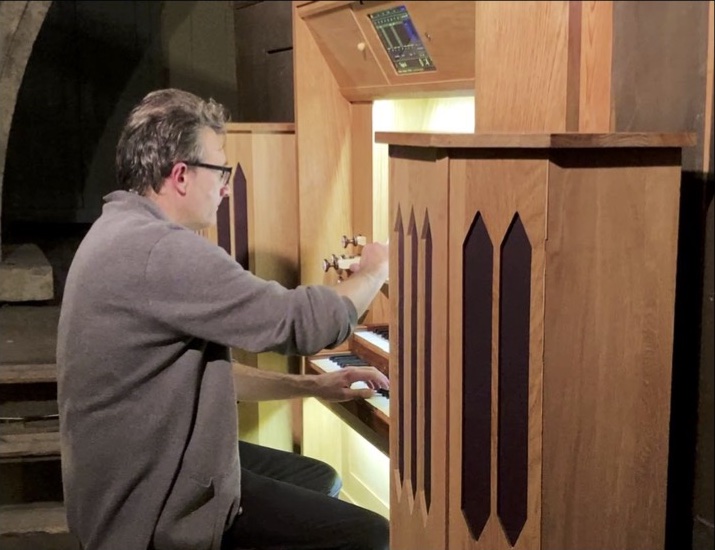
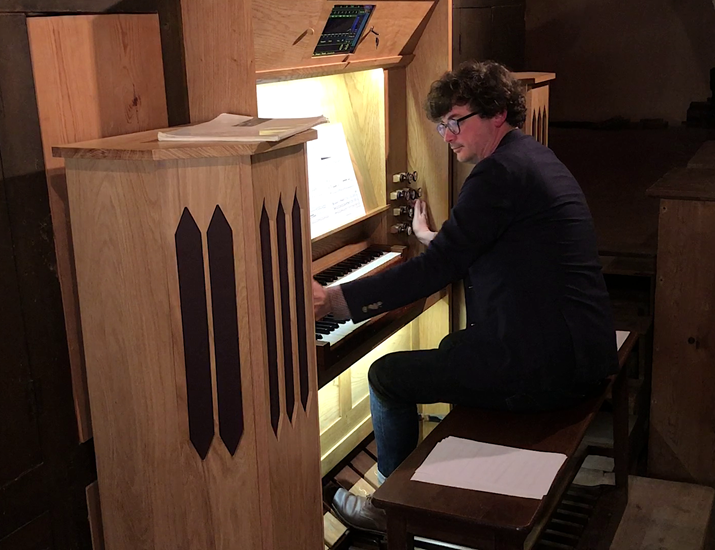
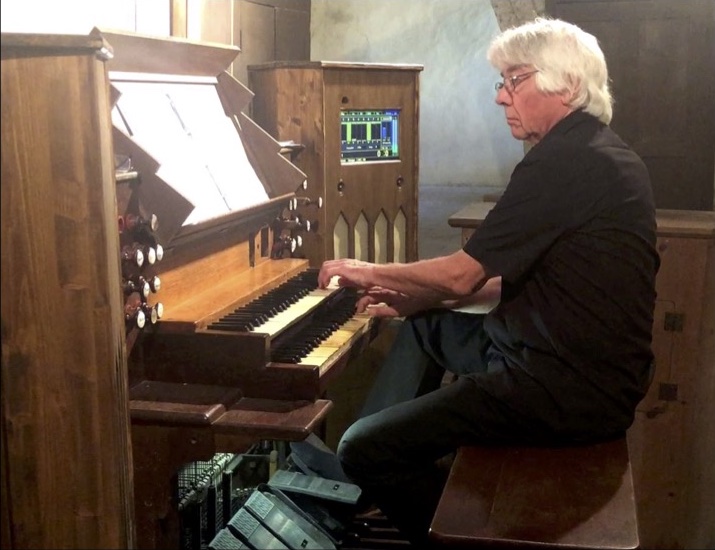
Examples & Operation
Sound transformations of the augmented organ can be accessed directly by the performer using two interfaces: a set of processing pedals and a touch screen.
Here are some examples of the effects available:
- rhythm – delays, loops,
echo - pitch – harmonizer
- timbre – filters, flanger
- space – reverb, panoramics
There are videos available on our dedicated Youtube playlist.
Development of the augmented organ
The development of Modalio was supported by the French Ministry of Culture and the Centre National de la Musique. This institutional support made it possible to prototype, test and develop a mobile version of Modalio, initially presented under the title ‘Modus’. Feedback on the project, carried out in collaboration with the Association des Amis des Orgues du Pays d’Auch, can be read here.
Chronology
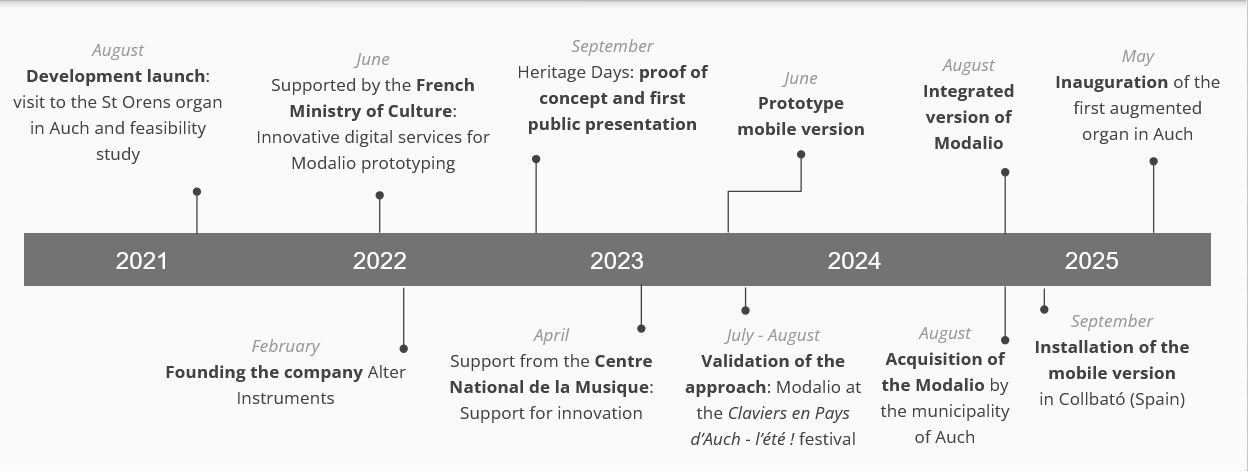
Modalio augmented organ in Saint-Orens Church in Auch, France
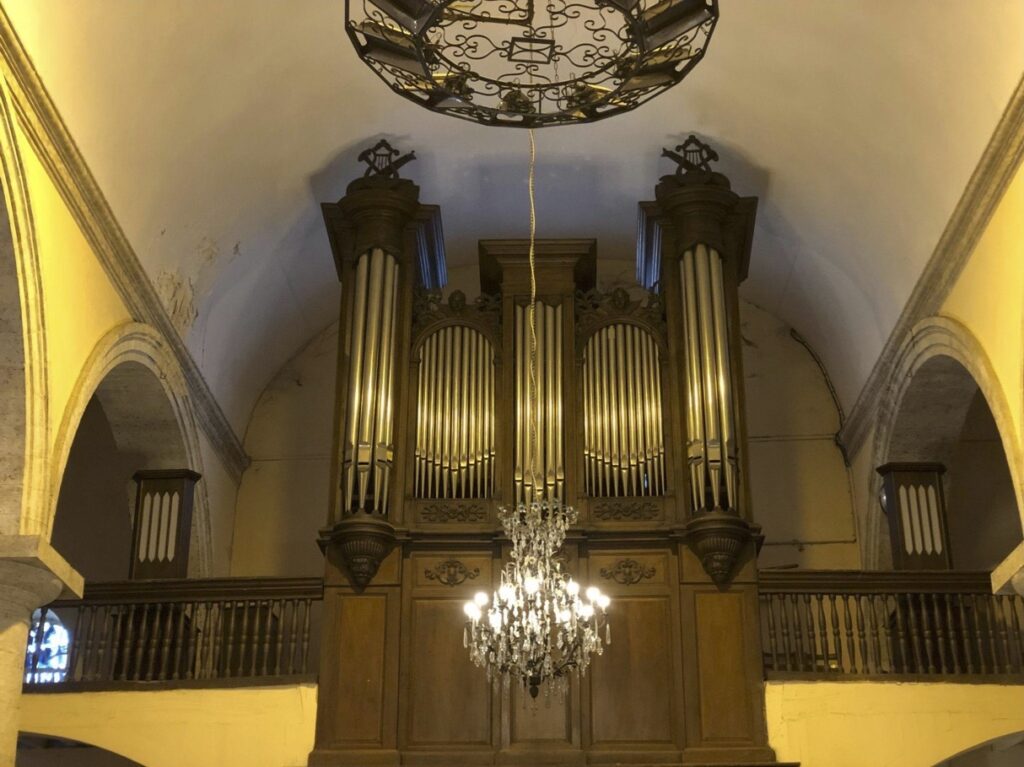
The Modalio adventure began in the Saint-Orens church in Auch, France, which served as the setting for prototyping as well as for the various stages of testing and experimentation.
A fully integrated version of the Modalio was permanently installed there in 2024. This was realized in collaboration with organ builder Jean Daldosso, during the construction of a new console.
Most of the Modalio’s electronic components are built directly into the new console, while speakers are integrated into external modules.
The Saint-Orens organ is thus the first permanently augmented organ with digital processing.
The city of Auch now enjoys an organ that is both historic and innovative. Designed to expand the organ’s sound palette by adding unheard-of sonorities using the most modern digital processing techniques, the Modalio offers the performer new possibilities for creation and expression, while preserving the integrity of the original instrument.
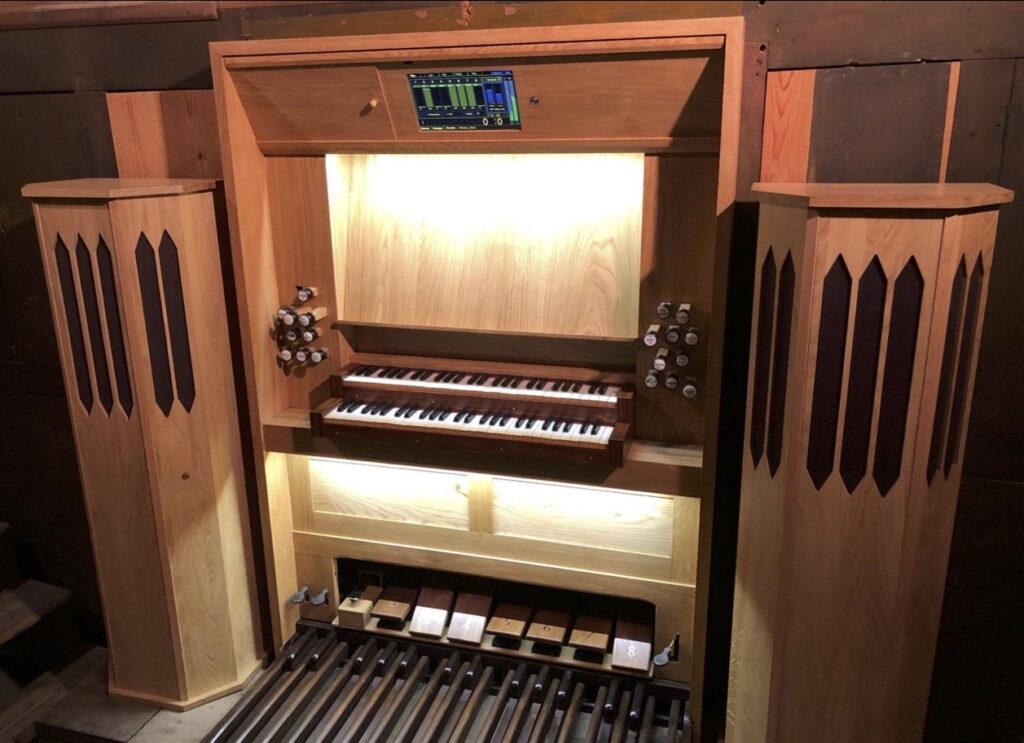
A few words about the making of the Saint-Orens Modalio
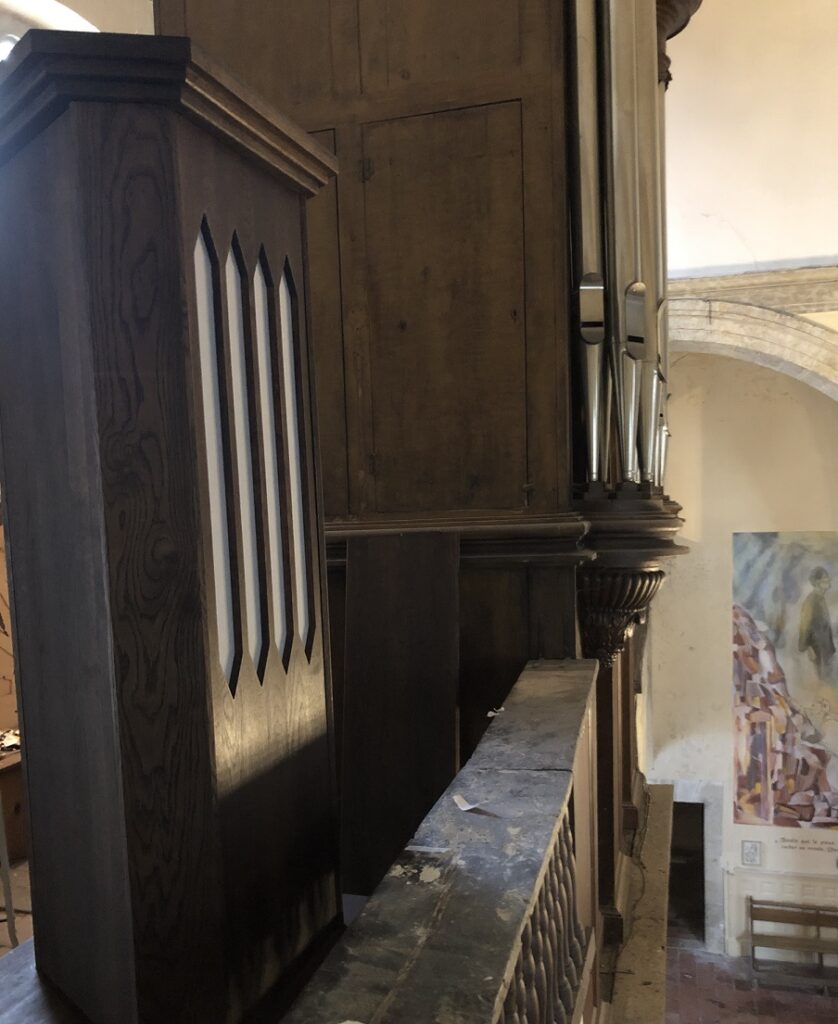
Augmenting a historic organ was both an honor and an inspiring experience. We were keen to integrate augmentation technologies in a respectful, non-intrusive way. The historic instrument has not been altered, and organists who do not wish to use the augmented organ can continue to play the traditional organ as before.
To ensure harmony and visual coherence with the instrument and the building, the materials, colors and shapes of the visible parts of the Modalio were carefully chosen. The oak diffusion towers, for example, imitate the shape of the organ case turrets, and their elongated openings are reminiscent of the organ pipes. Similarly, the external microphones are discreetly mounted on pillars in the nave.
The manufacturing process for the Modalio components was a combination of craftsmanship and digital work. Each part, as well as the organ itself and the nave, were first modeled in 3D, in order to carry out an initial simulation of the integration of Modalio elements into the instrument. Several prototypes were then produced and tested to confirm the relevance and viability of the solution.
The diffusion towers were partially cut on a digital milling machine before being adjusted by hand. The same goes for the walnut pedal covers. The brass pedal numbers are laser-cut and inlaid. All finishing touches are done by hand.
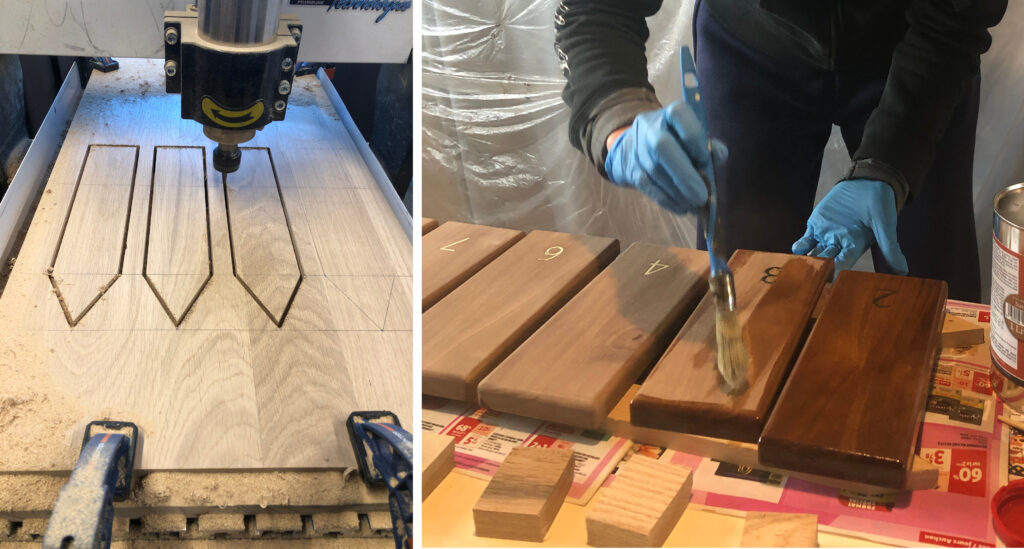
Alter Instruments
Creating tomorrow's music today
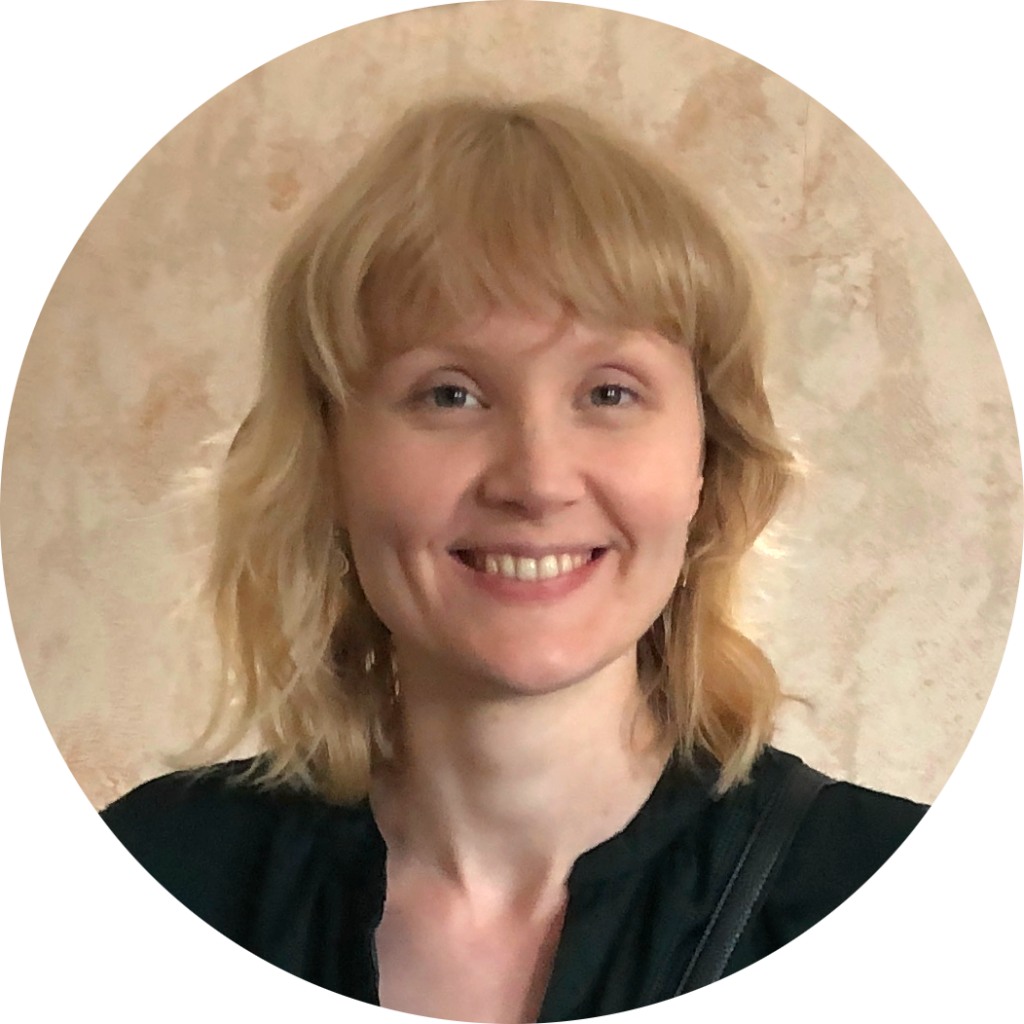


Teresa Rosenberg
From design to product finishing, Teresa is responsible for production and management.
Founded in 2022 by Alexander Mihalič and Teresa Rosenberg, Alter Instruments is at the forefront of innovation in the field of augmented instruments. With flagship products such as Sampo and Modalio, and thanks to an approach focused on the harmonious fusion of tradition and technology, Alter Instruments offers musicians a new dimension of artistic expression.
Alexander Mihalič
Inventor of the Sampo, Alexander is in charge of product development and software programming.
